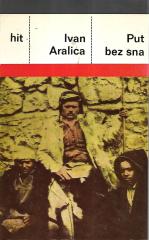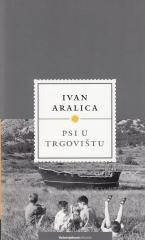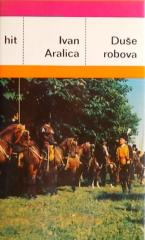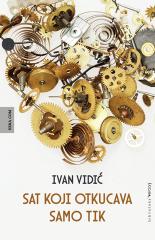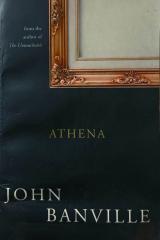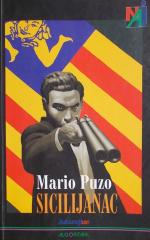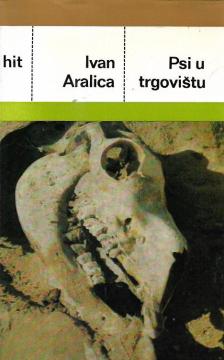
Psi u trgovištu
The title Dogs in the Market is a key metaphor for the world of power, politics, intrigue and the struggle for survival.
The victims of the government are not only the subjects: rigid rules equally grind those at the top, even Suleiman himself; that's why everyone is constantly on the alert and everything is carefully weighed. Allusions to modern totalitarianism are also unmistakable; the pressures of the engines, when they have unlimited power, can be openly harsh or sophisticated, but they cannot be avoided, and those who want to remove themselves from them (Nurbanu, Džihangir, Esma) inevitably become victims of the omnipotent power.
Dogs in the Market is characterized by a somewhat unusual combination of the traditional way of storytelling from the perspective of an omniscient narrator, while the composition is more modernly conceived: extremely episodic and fragmentary, without a solid narrative thread (that is left to the reader). These characteristics separate this novel from the traditional model of the historical novel, although Aralica's novels basically share that tradition. The most noticeable tendency of Aralica's style is the tendency to comment on events, often in the form of a point, a joke or a folk saying. A detailed description, origin, character and life path of all the significant actors in the story is regularly presented, which is a good indicator of the author's epic traditionalism, although the backbone of all the characters is made up of the three main characters of each part of the triptych: Antun Vrančić, Sulejman and Džihangir.
Two copies are available
